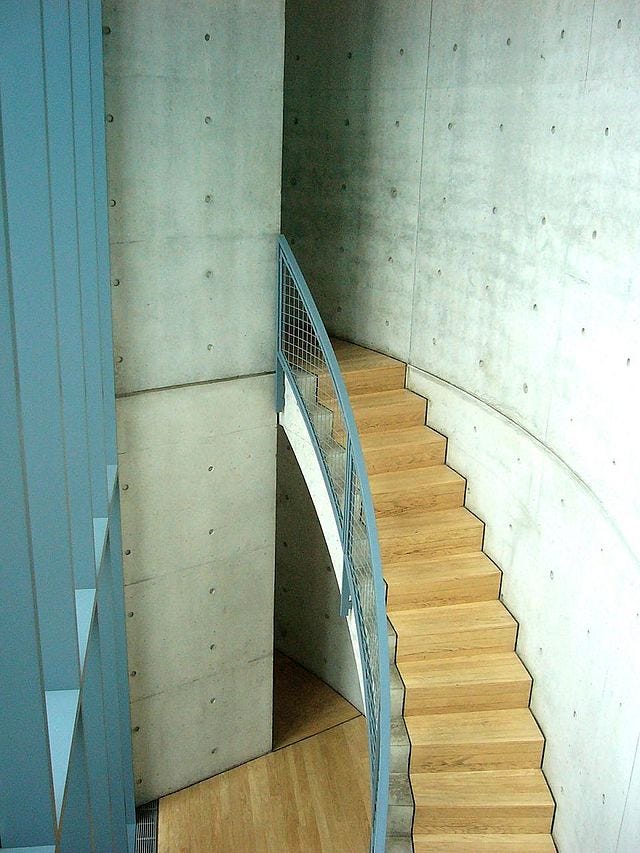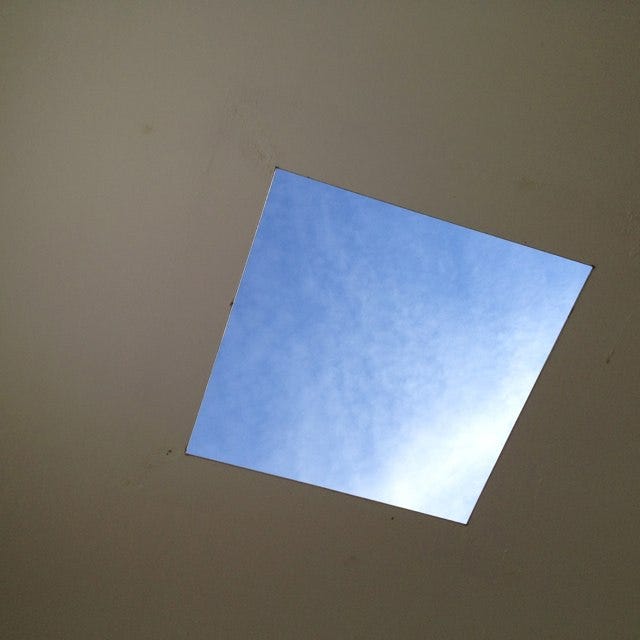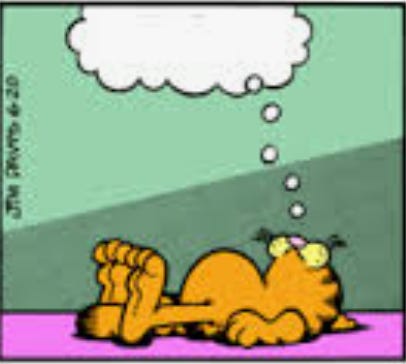What’s after minimalism?
Down to the studs
Has minimalism reached its end point? (Cue the closet shot of obnoxious streetwear blogger who has pared down to “only the essentials.”)
Not long ago, the New Yorker’s Ian Parker undertook a deep-dive into the mysterious happening out at Ye’s, formerly Kanye West’s, often-pondered, seemingly derelict Malibu house: a rare, one-of-25 jewel by Prizker-prize-winning naturalist architect Tadao Ando. What was previously reported as a story of inexplicable neglect and bungled renovation turned out to involve something far deeper, and far stranger, additionally inflected by Parker’s piece arising after Ye’s protracted antisemitic flameout. Posited in the article as a “violent remix,” the house apparently represented (until its recent sale) the now-disgraced Ye’s intention to dismember the house near-entirely and reduce it to a base level of subsistence.
Custom cabinetry worth hundreds of thousands of dollars was ripped out — by a Red Bull-adrenalized freelance rockabilly named Tony Saxon — and Ye was apparently fixated on removing power, energy, and all available amenities. There was even a secret basement compartment that Ye apparently wished to treat like a deep-space coma pod. The attempt to take a seamless work of minimalist architecture and find further seams to rip and reduce is curious, especially as indicative of broader trends.
In comedy, Jerry Seinfeld waxed nostalgic in a recent appearance on Bill Maher’s largely blighted Club Random podcast about the minimalist economy of his stand-up. His favored uniform: black suits with white shirts. His favored joke structure: the minimum functional expression of the idea.
Seemingly craving something even more basely reduced, he mentions Mike Tyson’s boxing preparation as his “aesthetic role model”: no stool, no socks, no-logo black shorts, wearing a hotel towel with a hole cut in it in lieu of luxury, custom-embroidered robe. (A far cry from boxer Gervonta Davis’s Sturm-und-Drang entrance to “Love Sosa” featuring Chief Keef and his own attire of teal-and-purple shorts with ❤️ monogram.)
Jonah Weiner andErin Wylie in Blackbird Spyplane have proposed a rejection of the bare-bones, light-wood Scandinavian aesthetic that has made global “third zones” feel like corresponding fluorescent prisons. They posit instead “Un-Grammable Hang Zones”: charmingly “un-photogenic” places of cluster and human detritus. The Bay Area “Java hut” is an ideal model: overwhelming crunchy, adorned with tiki furniture, community bulletin boards, generous dollops of whipped-cream-on-coffee. In essence, a place of messy, organic, human interchange.
Kyle Chayka’s book Minimalism: A Longing for Less aligns waves of minimalism and maximalism to perceived vitality and robustness of the economy. Recessionary slicing under an austerity model necessarily involves paring one’s possessions to absolute basics; economic booms, on the other hand, shower one with endless cluttered trinkets and tchotchkes. Roiled on the waves of these changes, individuals react either by wishing to purge or expand. Minimalism in art can locate these inverse images of invisible clutter, or an unarticulated depth of experience.
Chayka suggests an emotional facet of the “longing for less” also mirrors a millennial need to slow down the seemingly endless acceleration and “growth” necessitated by modern society. “Less” can mean less stuff, or detail; it can also mean responsible for “less,” needing to be aware of “less,” trying to make sense of “less.” Chayka also points out how material accumulation does little now to imbue a sense of security, or stability—an element Jennifer Szalai emphasizes her Times review of Longing for Less, in terms of the unpredictable wrecking balls of tuition, medical care, or retirement. The meditation on minimalism in the face of these seemingly intractable collapses in values seem less consoling object and more glimmering distraction before the bolt comes down. This seems more a negative minimalism, a dissociative blankness.
Perhaps this is why in literature—perhaps the medium I pay attention to most—there’s a profound confusion over minimalism, maximalism, or any kind of style-limned genre development. We’re post the encyclopedic mega-novel. (Garth Risk Hallberg’s wide-lensed follow up to the *big NYC novel of the aughties*, City on Fire, seems to have tanked.) MFA workshop minimalism is de rigueur, but has been so institutionalized as to be ossified. Franzen/Cline-ian wonky and depressive realism owns its own lane. In terms of commodification, it’s hard to even tell the criteria of “ambitious.” Are we minimalism, maximalist—we don’t know!










I can’t begin to tell you what a relief it is to be one’s own North Star, aesthetically and intellectually. The considerations of maximal and minimal discussed herein are simply not on the menu, but it’s so fun to read about the social anxieties of those deprived of taste and self-awareness. Thanks!